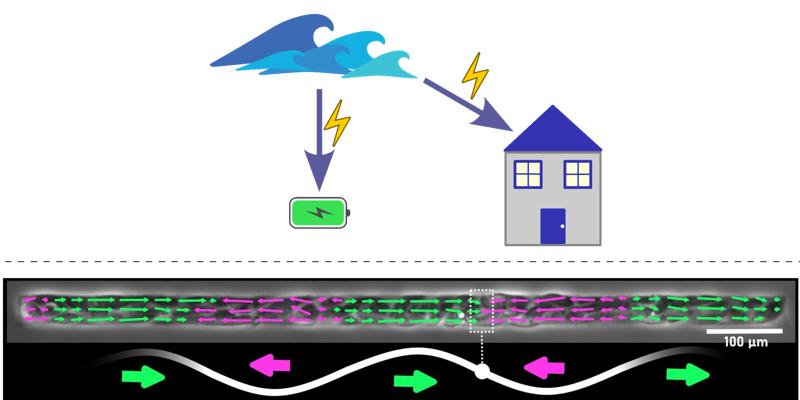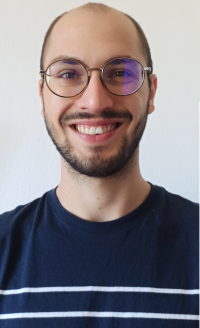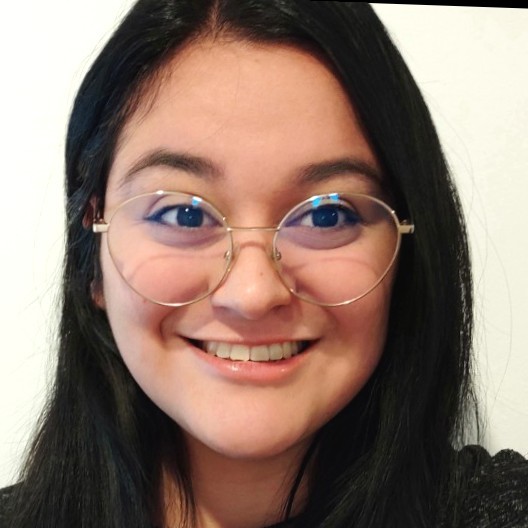- Imprimer
- Partager
- Partager sur Facebook
- Partager sur X
- Partager sur LinkedIn
Séminaire
Le 12 janvier 2024

Julien ALLEGRE (LIPhy) & Genesis MARQUEZ (LIPhy)
Julien ALLEGRE (LIPhy)

Experimental Study of Salt Liquid (Electrolyte) for Energy Application
Electrolytes have a major role to play in the energy transition (storage: supercapacitors, batteries, fuel cells; harvesting: osmotic energy). In order to develop technologies with boosted performances, it is necessary to reach a fundamental understanding of the physics of electrolytes under nanoconfinement (in nanoporous electrodes or membranes).
Two physical phenomena are absolutely central in these applications: the accumulation of counter-ions on charged surfaces (electrical double layer), and the generation of hydrodynamic, electric or ionic fluxes by pressure, potential or concentration gradients (electrokinetic couplings).
In a first part, I'll go over those two concepts with you. Then I will show you the experimental setup I'm using right now and will continue to use as I work toward my PhD.
Genesis MARQUEZ VIVAS (LIPhy)

Self-Sustained Velocity Waves and Pattern Emergence in Tissues
Supra-cellular organization is crucial to establish and maintain the structure, function and homeostasis of biological tissues. Several recent works reported that wave-like patterns of the velocity spontaneously appear in colonies of epithelial cells. Strikingly, supra-cellular waves are characterized by precise wavelength and period. As a PhD student, I investigate whether supra-cellular waves induce a transcriptomic divergence between the cells situated in the wave nodes and those in the antinodes.
Date
17:00
Localisation
LIPhy, salle de conférence
- Imprimer
- Partager
- Partager sur Facebook
- Partager sur X
- Partager sur LinkedIn